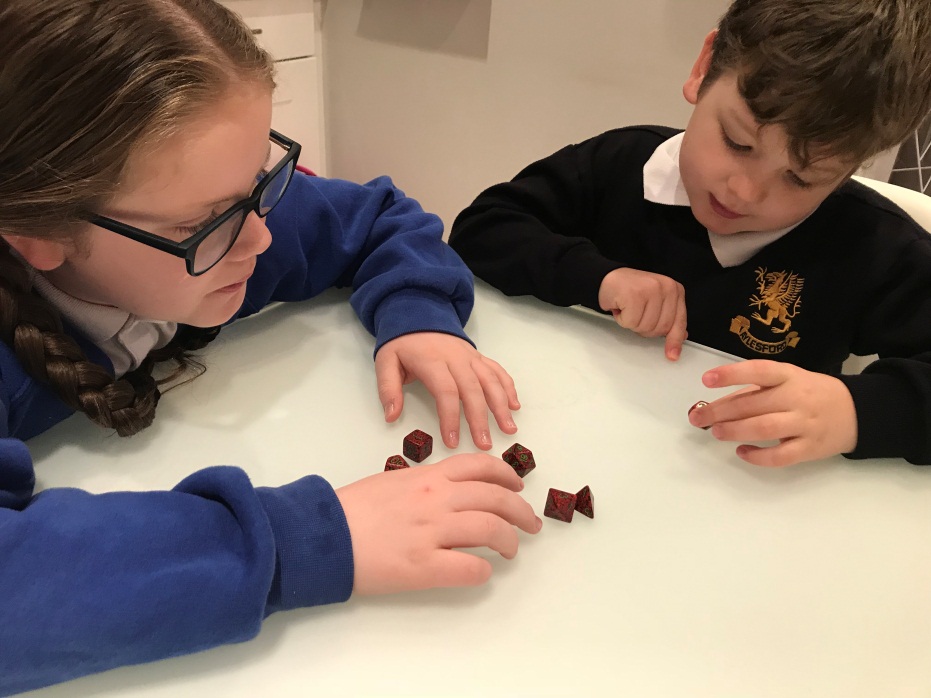Education is fast moving, with new ideas, recycled ideas, and changes in the political landscape which feed into curriculum change and inevitable examination changes. A rising hot topic is ‘stretch and challenge’, but what exactly is it?
As part of the Teaching and Learning group in my school we have been exploring ‘Stretch and Challenge’ in a bid to help understand the terms. We hope to make a generic resource, inspired by Paul Ginnis’ Teachers’ Toolkit, that we can dip into for challenge activities for the classroom.
The first time I remember the term ‘stretch and challenge’ being used was for the introduction of the 2008 A Level reform. Ofqual wanted introduce of greater stretch and challenge in the assessments for A Level by giving a wider range of question types, more questions requiring extended responses, and a greater emphasis on synoptic assessment. Monitoring by Ofqual showed that this was achieved in most assessments. To meet this new need in teaching and learning, Kerboodle launched their Stretch and Challenge worksheets.
In 2015, Ofsted commented on stretch and challenge in the context of ‘the most able’. They said that education must challenge and support students at all levels, whilst identifying the most able and ensuring that they are stretched. This got me thinking, surely ‘stretch’ and ‘challenge’ are different things?
So, stretching is about differentiation and helping students to personally move onto the next step, extending their understanding or skills from any starting point. But, we believe that challenge is about building resilience, having the controlled fail, learning from it, and unlocking deeper thinking. We decided to focus on one term at a time and look to challenge ourselves!
Challenge teaching is demand high, which extends thinking, knowledge and/or skills. Learners often feel out of their comfort zone and need a positive learning environment with the experience of controlled failure.
The research and discussions in our Teaching and Learning group are all working towards a CPD session in the January. We have designed an activity to help staff understand how a challenge activity can run and what it feels like to be the learner (PPT).
Each group of staff is given a selection packet of confectionary and ask to sort them. We then keep asking them to re-order (e.g. colour, alphabetical on name, nuts and not nuts, etc) and explain each ordering system, and finally to justify the best ordering system. This simple activity could easily be adapted for use in a curriculum area like ordering samples of different elements, ordering 2D or 3D shapes, sorting food groups, etc.

For Science, PSHCE and Food Science, ask students to sort foods in different ways. Challenge them to justify their groupings.

In Science, give students sealed samples of elements and ask them to group them, throw an extra challenge by adding extra information post the discovery of electricity or radioactivity!
Once staff have experienced challenge first hand, they will work in teams to make their own generic resource which we will put on the shared area for us all to share – like this one (PPT).
So, if you fancy a challenge, sort your Christmas choccies while you prepare your lesson!
Sam Holyman is Second in Science at Aylesford School in Warwick, and West Midlands ASE President. She is also author of a number of best-selling science textbooks for KS3 and GCSE, and a keen advocate of innovative teaching and learning. She was nominated in the Teacher Scientist category for the Science Council’s 100 leading practising scientists in 2015.

